Project Details
The problem is formulated in form of binary classification where where '0' denotes not-accepted and '1' denotes accepted project proposals. Three distinct approaches—Naive Bayes, Decision Tree, and Gradient Boosting Decision Trees (GBDT)—are employed to address this challenge.
Approach 1-Naive Bayes
For this approach following operations are performed
Results
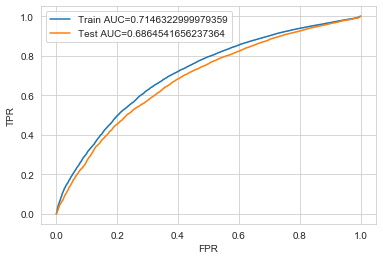
Set 1
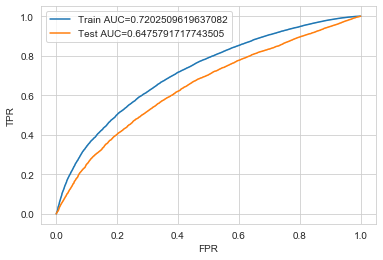
Set 2
Approach 2-Decision Tree
For this approach following operations are performed
Results
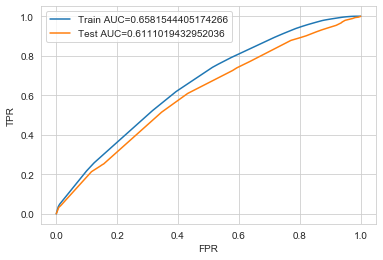
Set 1
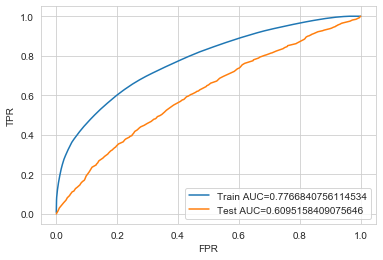
Set 2
Approach 3-XG Boost
For this approach following operations are performed
Results
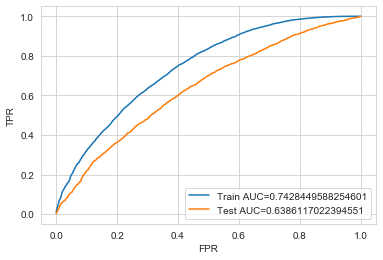
Set 1
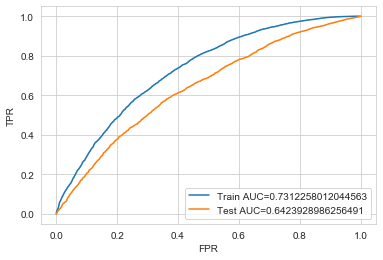
Set 2